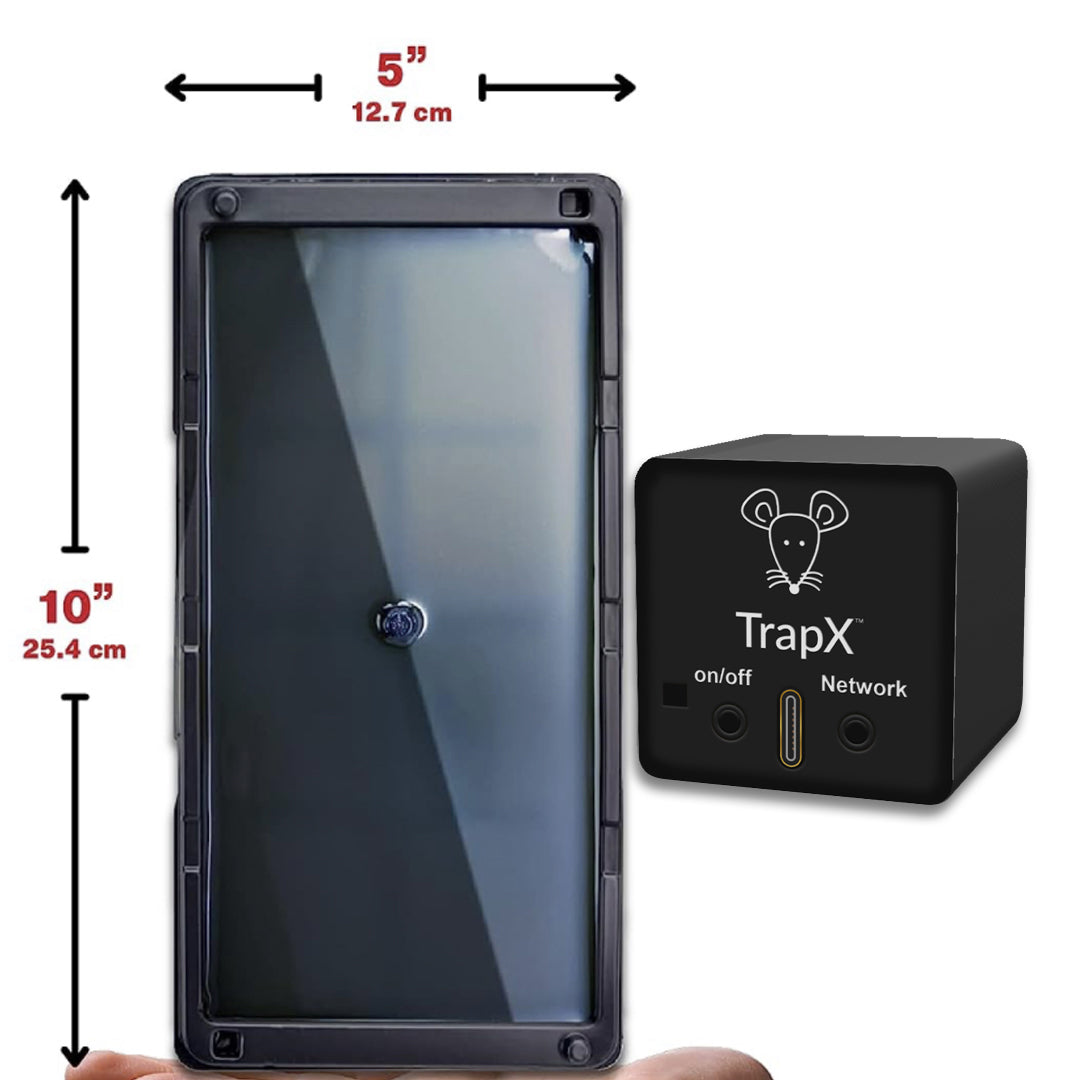The Ultimate Guide to Live Mouse Traps: Catching Mice Humanely
Share
Are you tired of dealing with pesky mice in your home? Do you want to find a humane and effective way to catch them without resorting to harmful methods? Look no further than live mouse traps. In this comprehensive guide, we will explore everything you need to know about live mouse traps and how to use them to catch mice safely and humanely.

What is a Live Mouse Trap?
A live mouse trap is a device designed to capture mice without causing them harm. Unlike traditional snap traps or glue traps that often result in the death of the mouse, live mouse traps allow you to catch the mouse alive and release it back into the wild.

Why Choose a Live Mouse Trap?
There are several reasons why you should consider using a live mouse trap:
- Humane: Live mouse traps offer a humane way to deal with mice infestations. Instead of killing the mice, you can catch them alive and release them back into their natural habitat.
- Environmentally Friendly: Live mouse traps do not involve the use of harmful chemicals or poisons, making them a safer and more eco-friendly option for pest control.
- Effective: Despite their humane approach, live mouse traps are highly effective at catching mice. When used correctly, they can help you eliminate your mouse problem without causing harm to the mice or your home.

How to Use a Live Mouse Trap
Using a live mouse trap is relatively simple. Here are the steps you need to follow:
- Choose the Right Trap: There are different types of live mouse traps available, including cage traps and catch-and-release traps. Select the one that suits your needs and preferences.
- Bait the Trap: Place an enticing bait inside the trap to attract the mouse. Common bait options include peanut butter, cheese, or chocolate.
- Set the Trap: Set the trap according to the manufacturer's instructions. Make sure it is properly secured and ready to catch the mouse.
- Place the Trap: Locate areas where mice are frequently seen or suspected, such as near food sources or along walls. Place the trap in these strategic locations.
- Check the Trap: Regularly check the trap to see if you have caught a mouse. If you have, proceed to the next step. If not, consider changing the bait or relocating the trap.
- Release the Mouse: Once you have caught a mouse, it's time to release it. Take the trap to a suitable outdoor location, preferably away from residential areas, and open the trap to let the mouse go.
- Prevent Future Infestations: After releasing the mouse, take steps to prevent future infestations. Seal any entry points, keep your home clean and clutter-free, and store food in airtight containers.
Common Mistakes to Avoid
While live mouse traps are effective, there are some common mistakes that people make when using them. Avoid these pitfalls to increase your chances of success:
- Using Insufficient Bait: Make sure to use enough bait to attract the mouse. A small amount may not be enticing enough.
- Placing the Trap Incorrectly: Position the trap in areas where mice are likely to travel, such as along walls or near their nesting sites.
- Not Checking the Trap Regularly: Check the trap frequently to ensure you don't leave a mouse trapped for too long. This can lead to stress or even death for the mouse.
- Releasing the Mouse in the Wrong Area: Release the mouse in a suitable outdoor location away from residential areas. Releasing it too close to your home may result in it finding its way back inside.
Conclusion
Live mouse traps provide a humane and effective way to deal with mice infestations. By following the steps outlined in this guide and avoiding common mistakes, you can successfully catch and release mice without causing harm. Say goodbye to harmful methods and embrace the use of live mouse traps for a more humane approach to pest control.
Jan03.chat.1pass.general public.live mouse trapAs an Amazon Associate, I earn from qualifying purchases.
